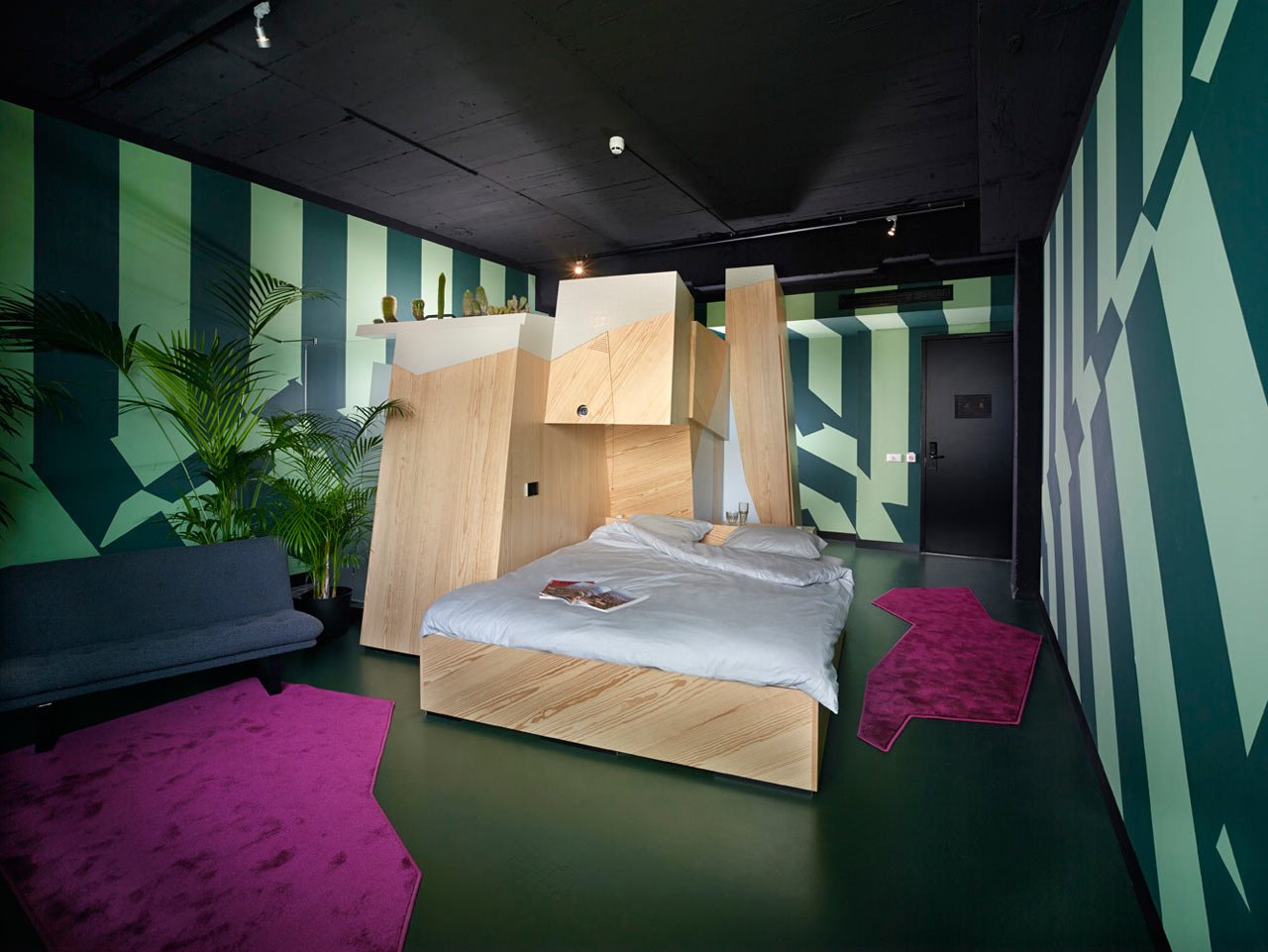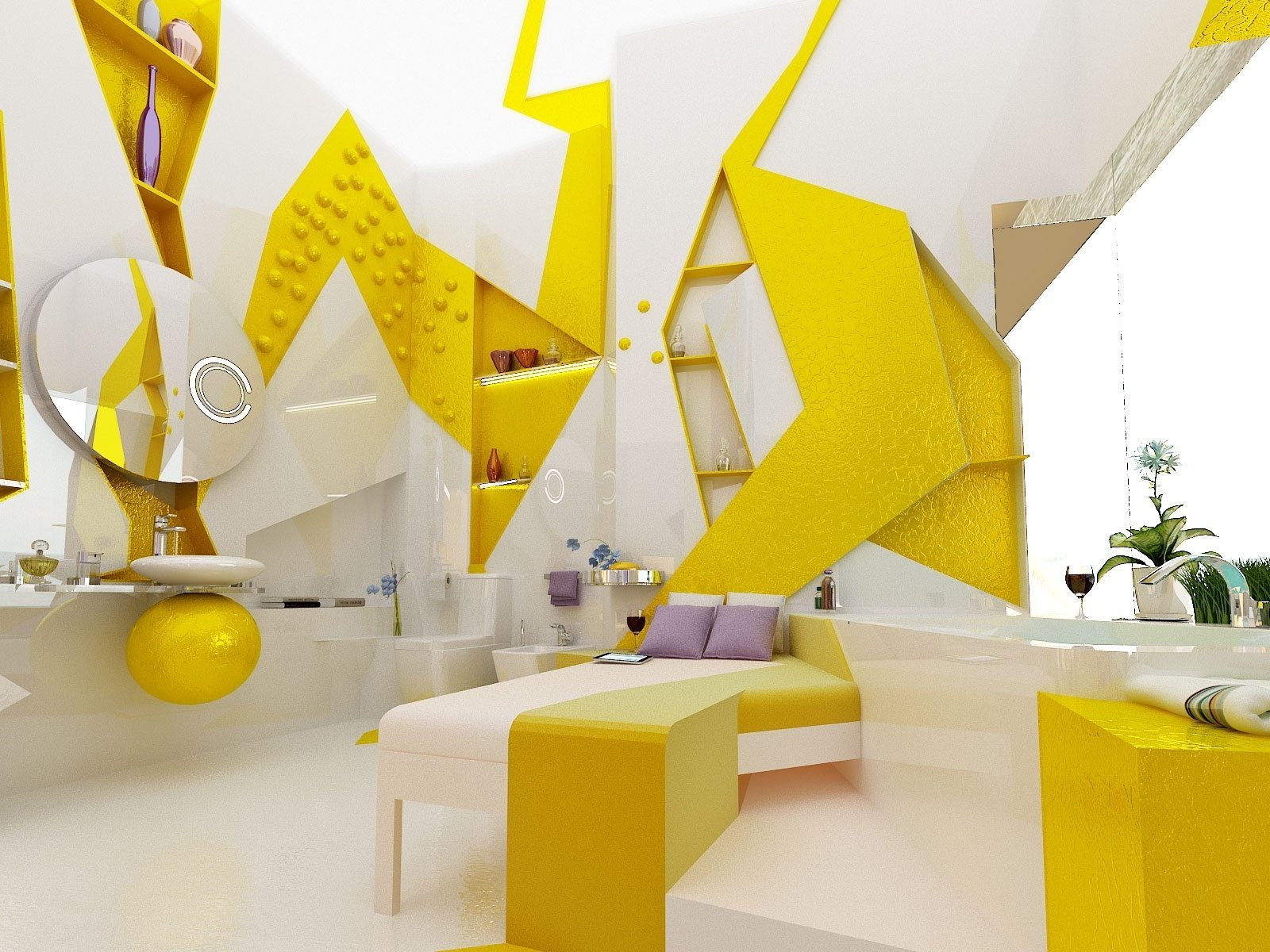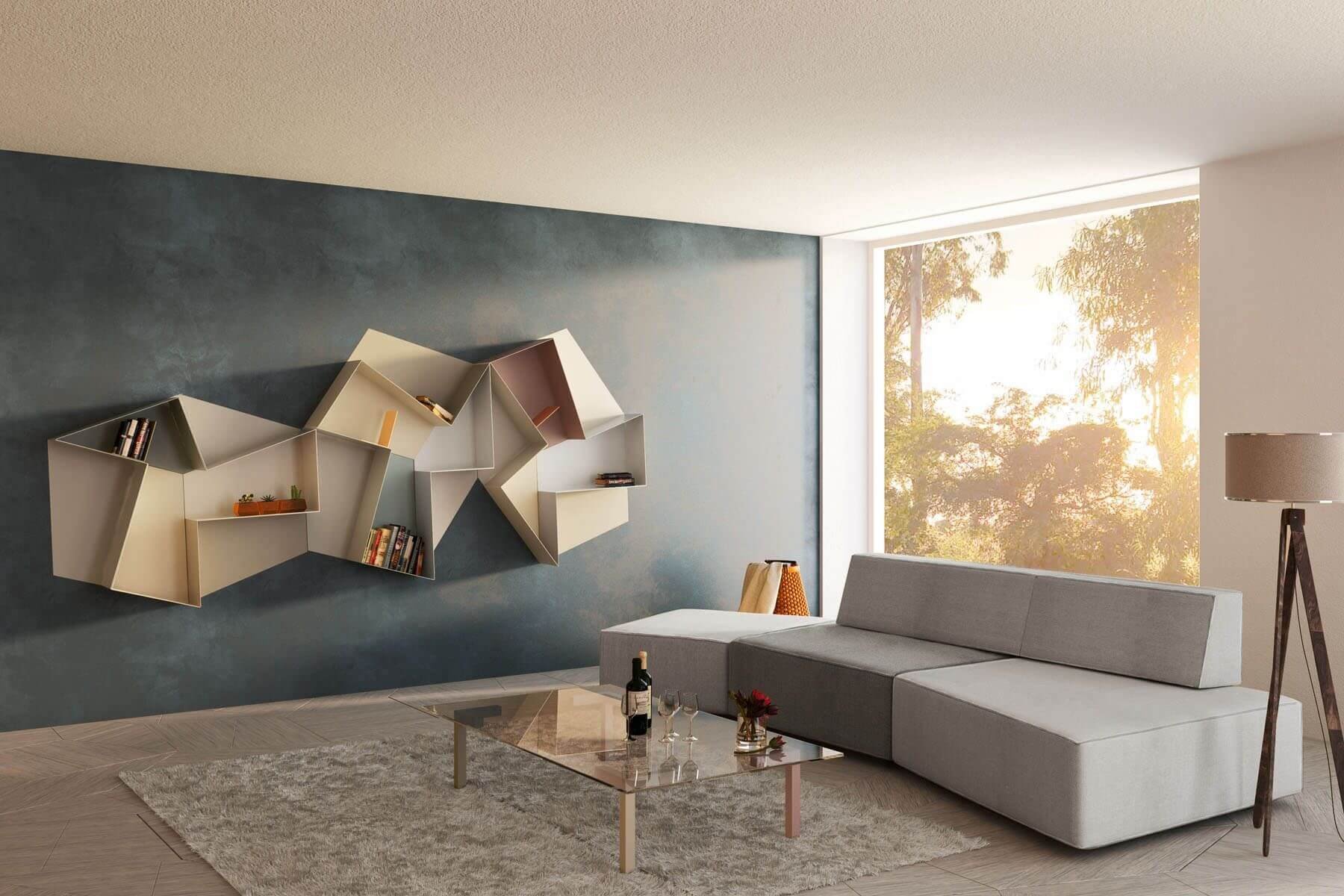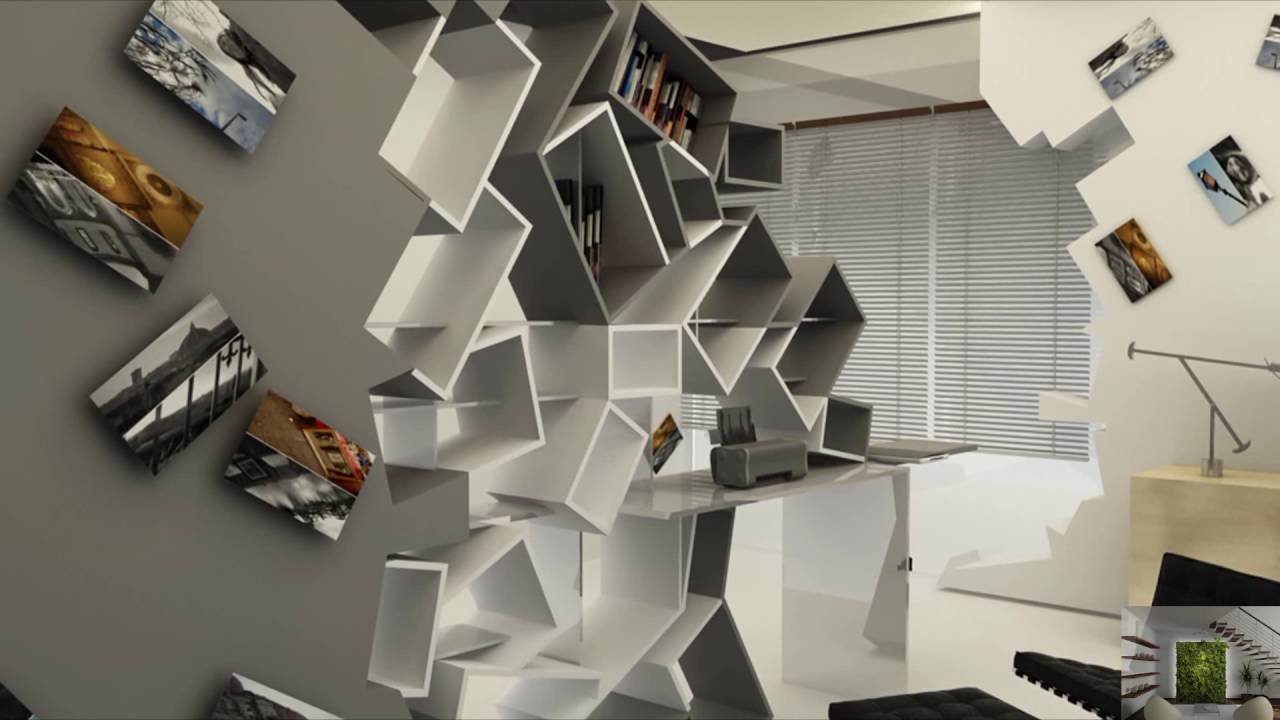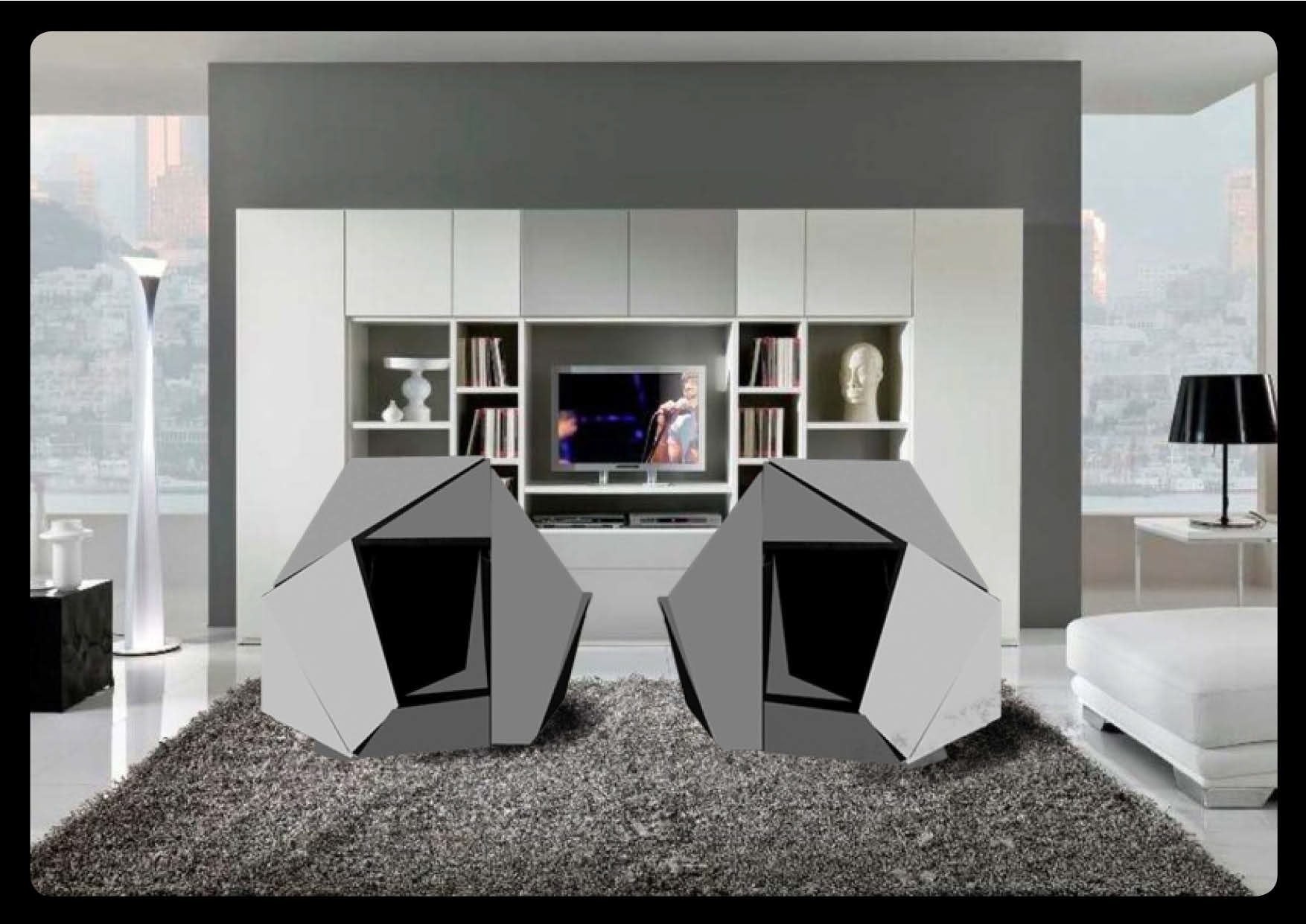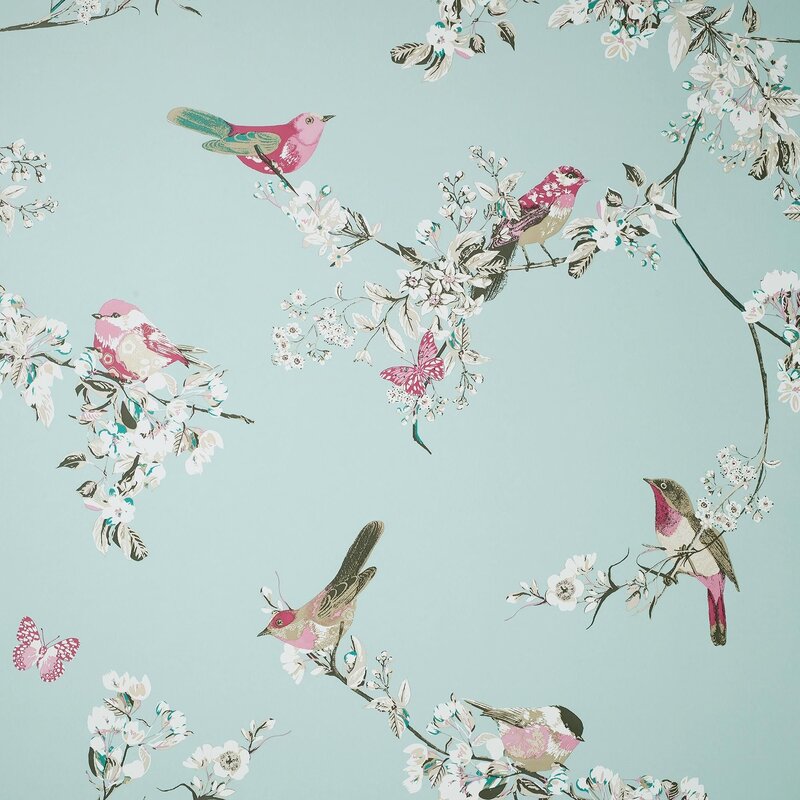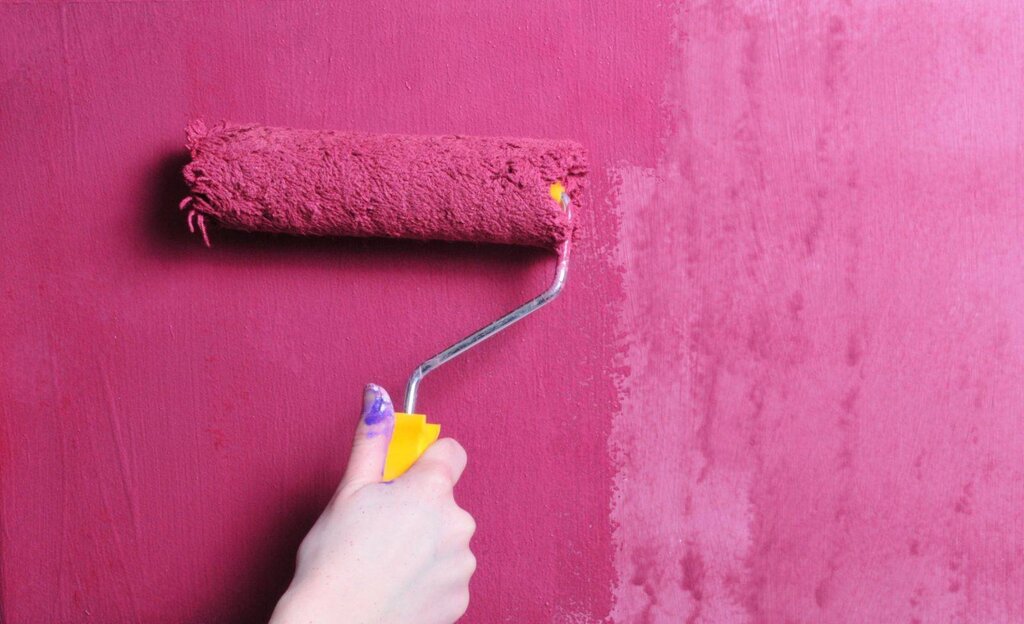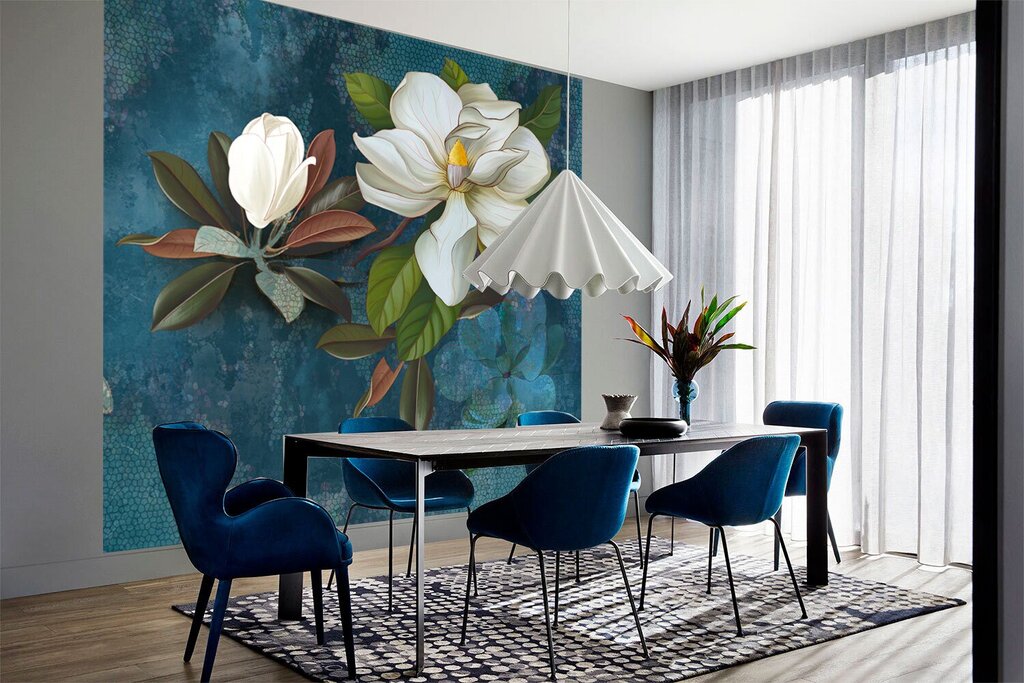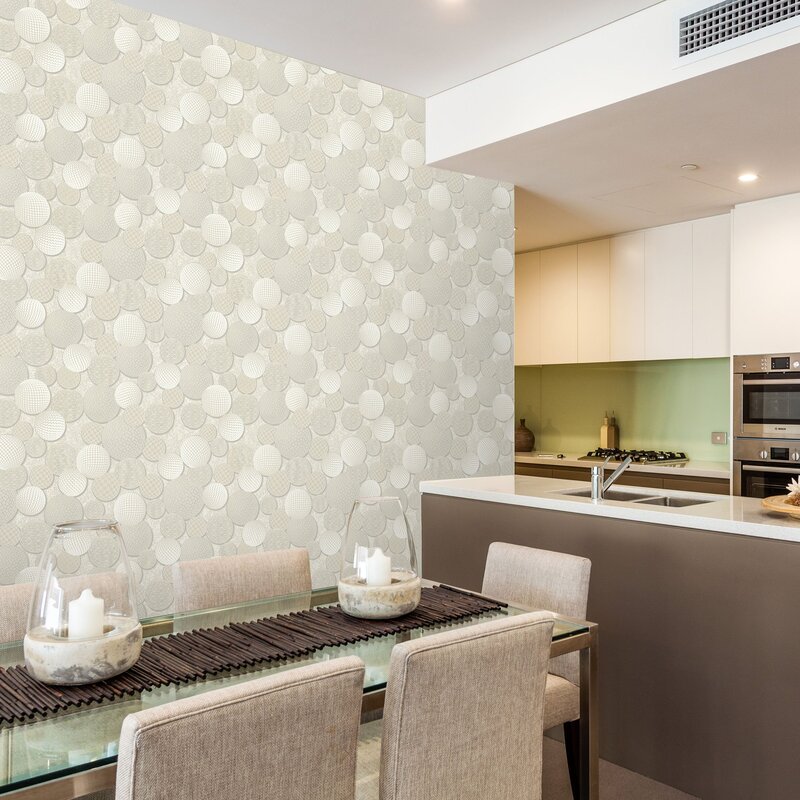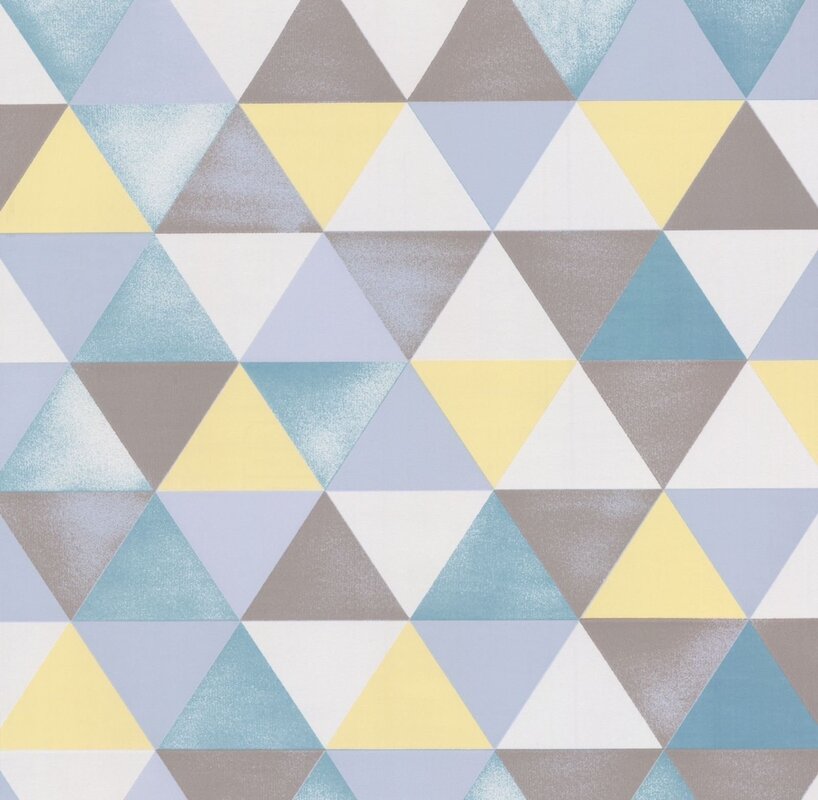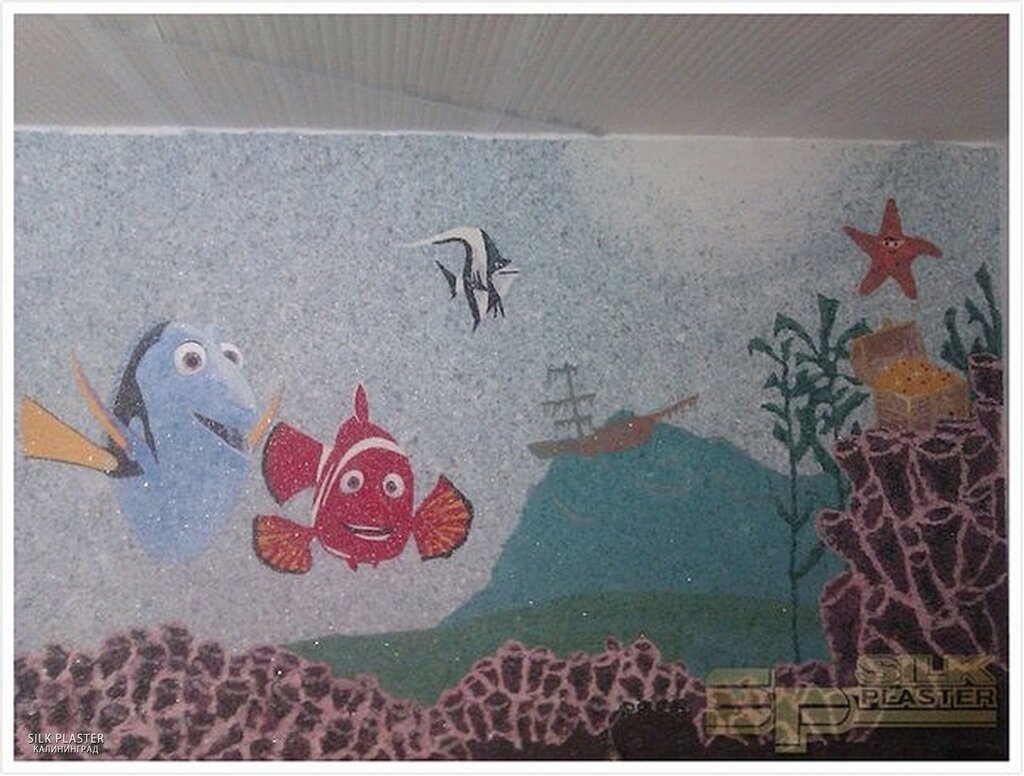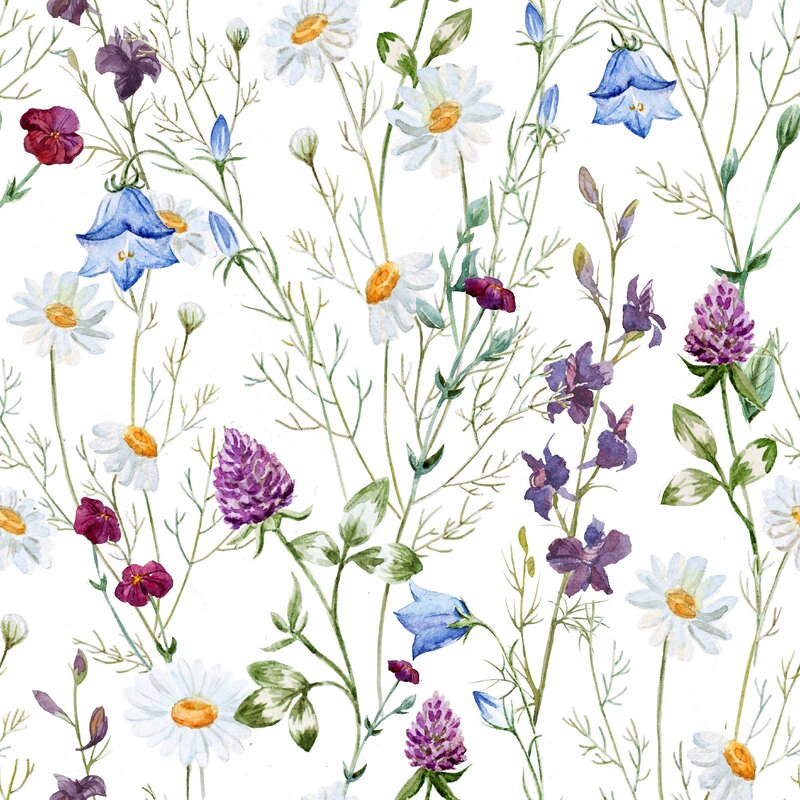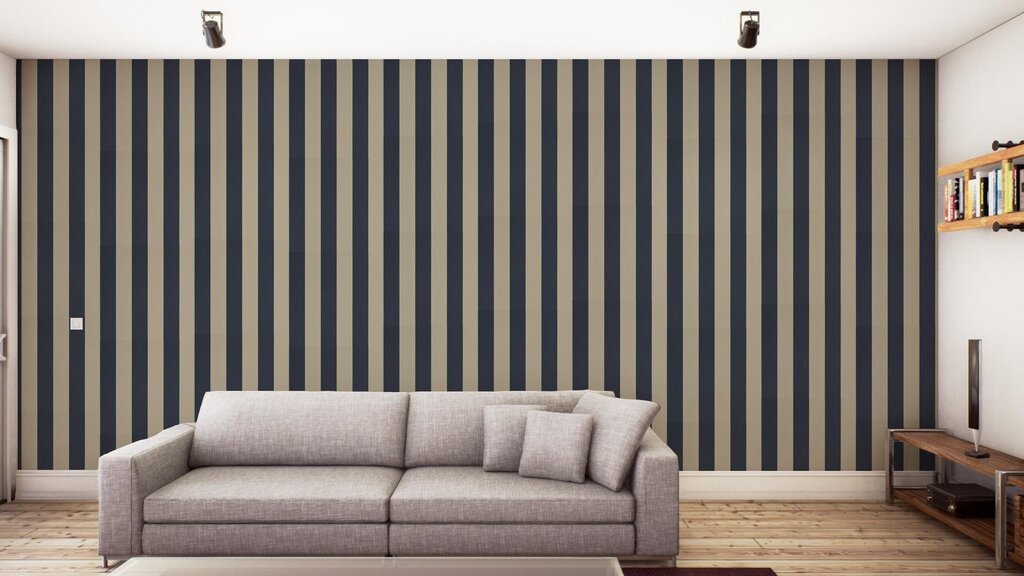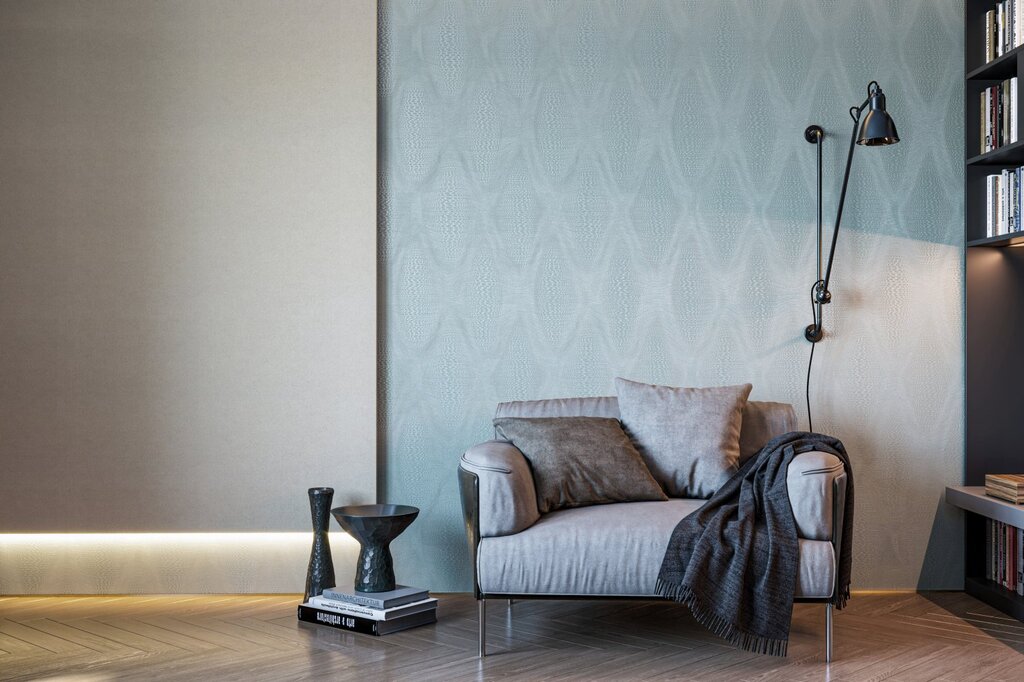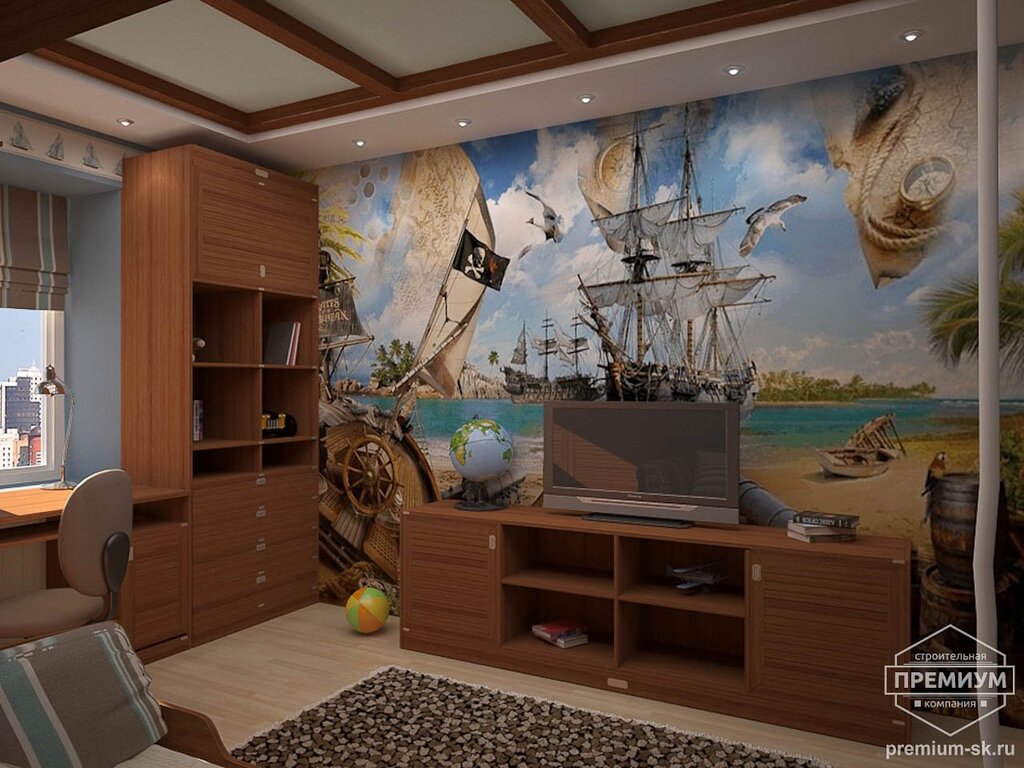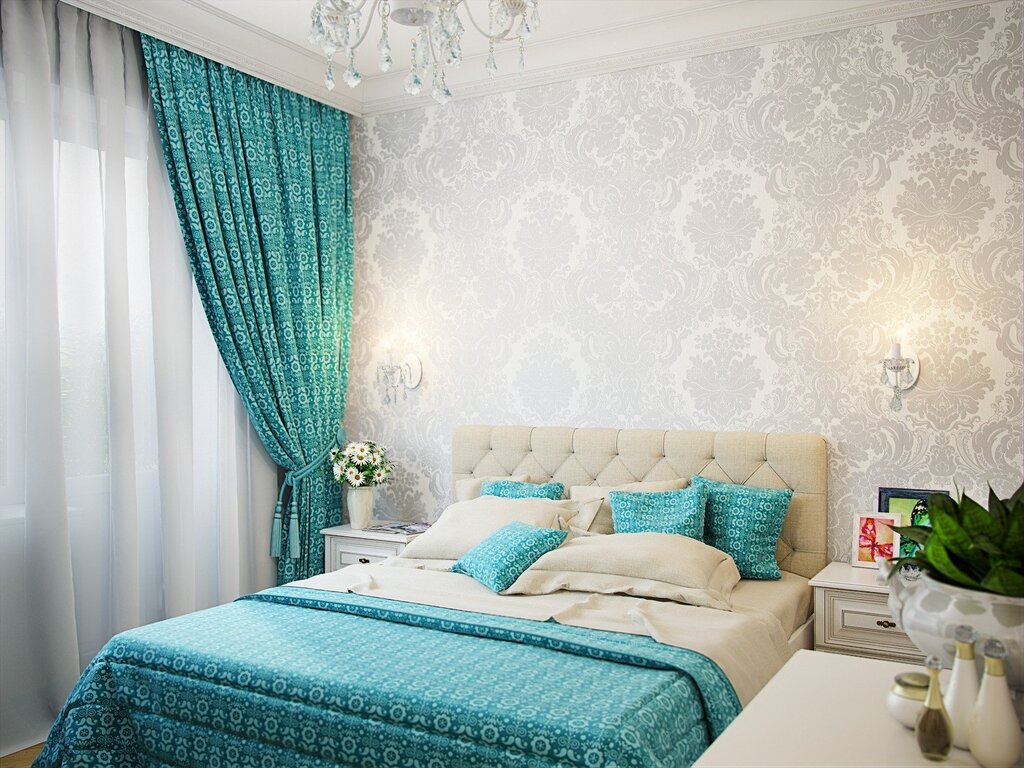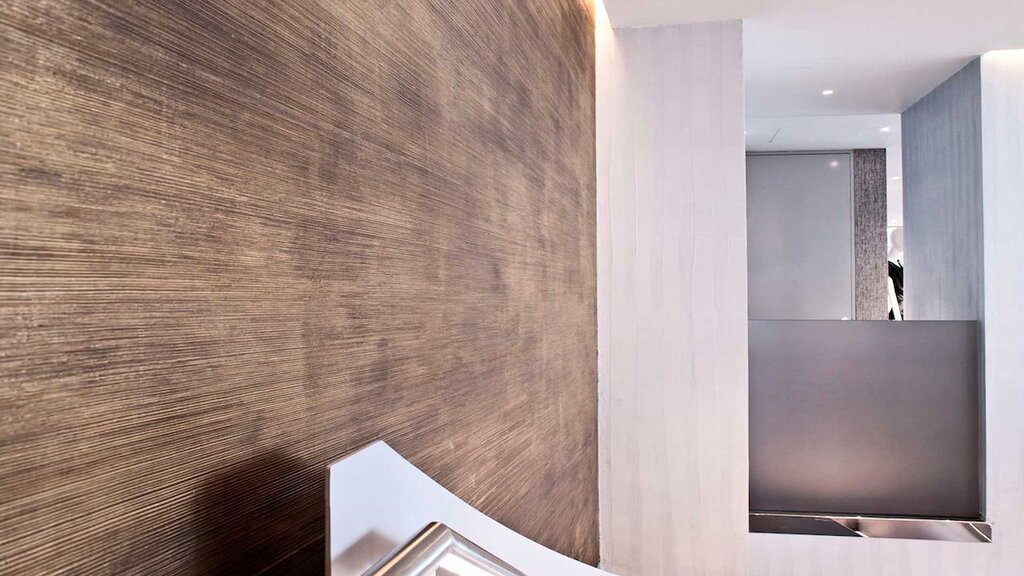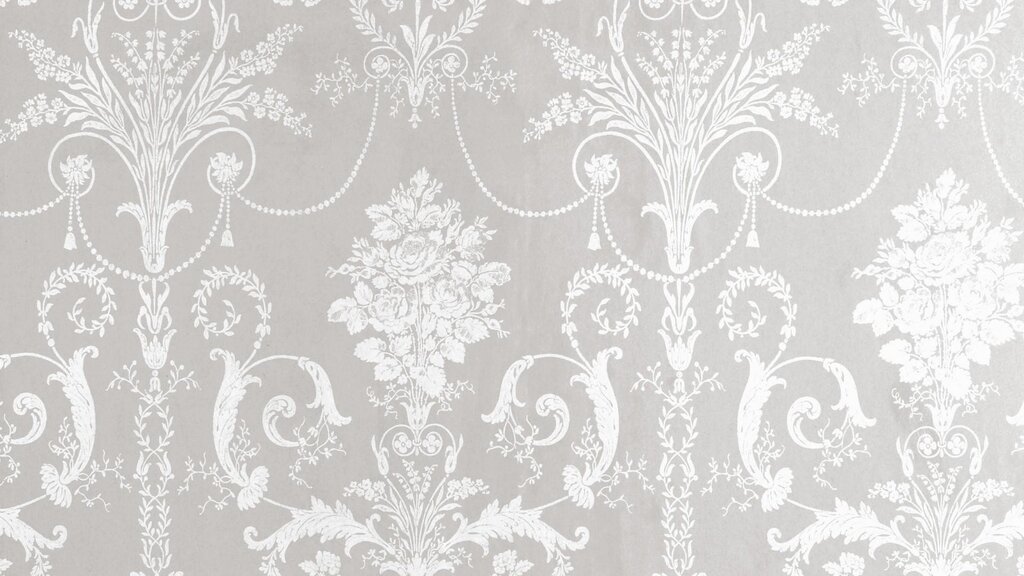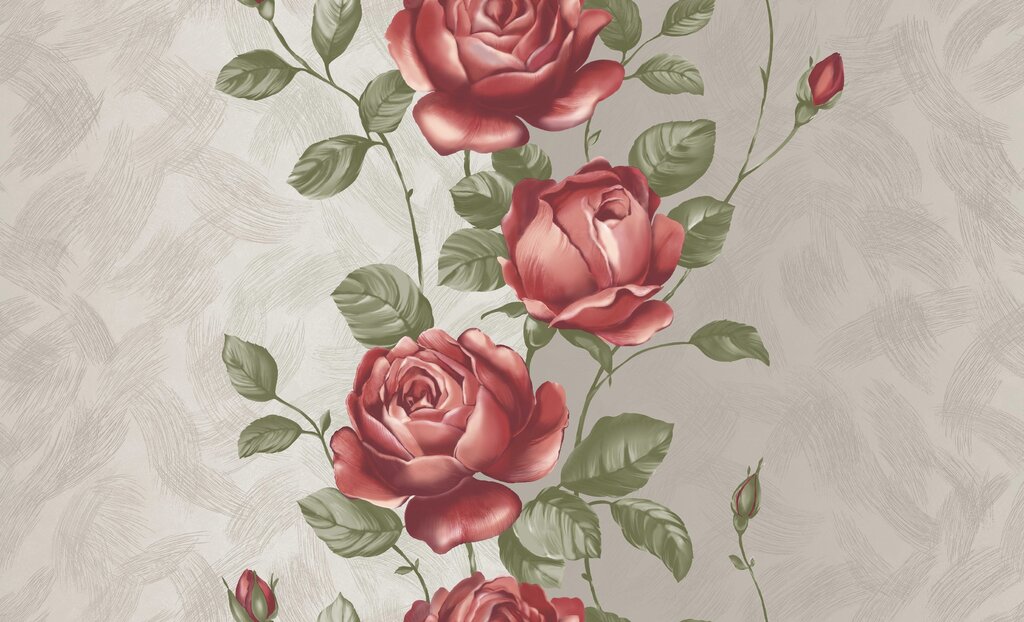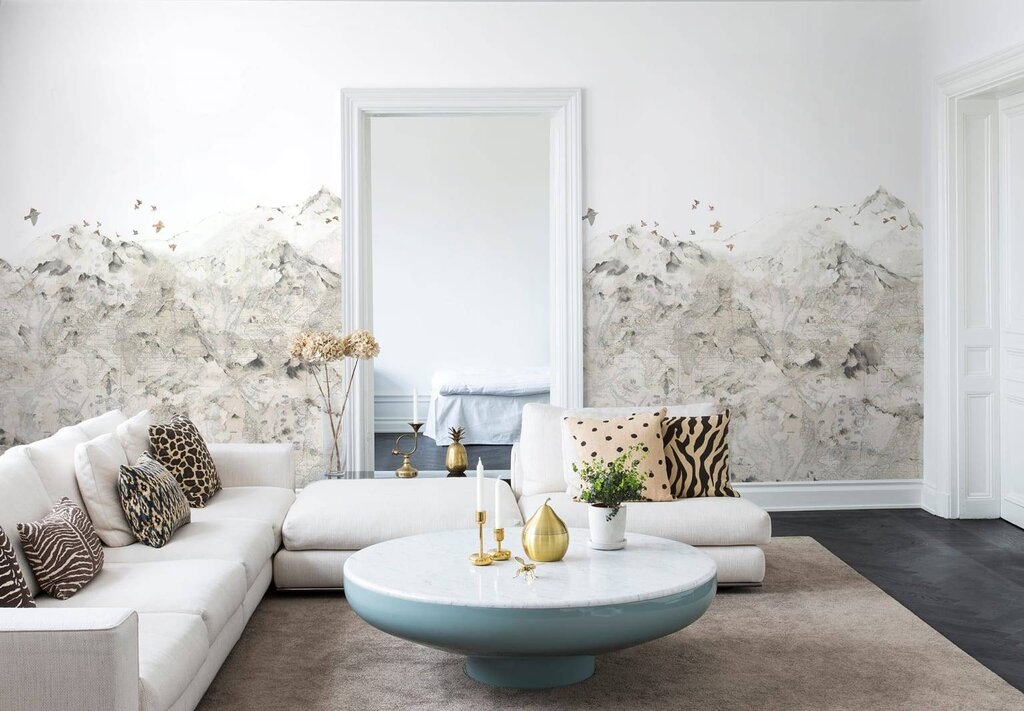Cubism style in interior design 13 photos
Cubism, an art movement pioneered by Pablo Picasso and Georges Braque in the early 20th century, has transcended its origins to influence various design fields, including interior design. Characterized by fragmented forms and multiple perspectives, Cubism introduces a dynamic and avant-garde element to interiors. In a cubist-inspired space, traditional notions of form and structure are subverted, creating a visually stimulating environment through geometric shapes, overlapping planes, and a palette that ranges from muted earth tones to bold, vibrant colors. These elements work together to challenge perception, offering a fresh and innovative approach to spatial design. Incorporating Cubism into interior design involves a thoughtful balance of abstraction and functionality. Furniture pieces may feature angular lines and asymmetrical forms, while wall art and decor can echo the fragmented aesthetic of Cubist paintings. Textiles with geometric patterns and layered textures add depth and interest. Lighting plays a crucial role, with strategically placed fixtures casting dynamic shadows that enhance the multidimensional effect. By embracing the principles of Cubism, interiors become more than just living spaces; they transform into expressive works of art that invite exploration and inspire creativity.


